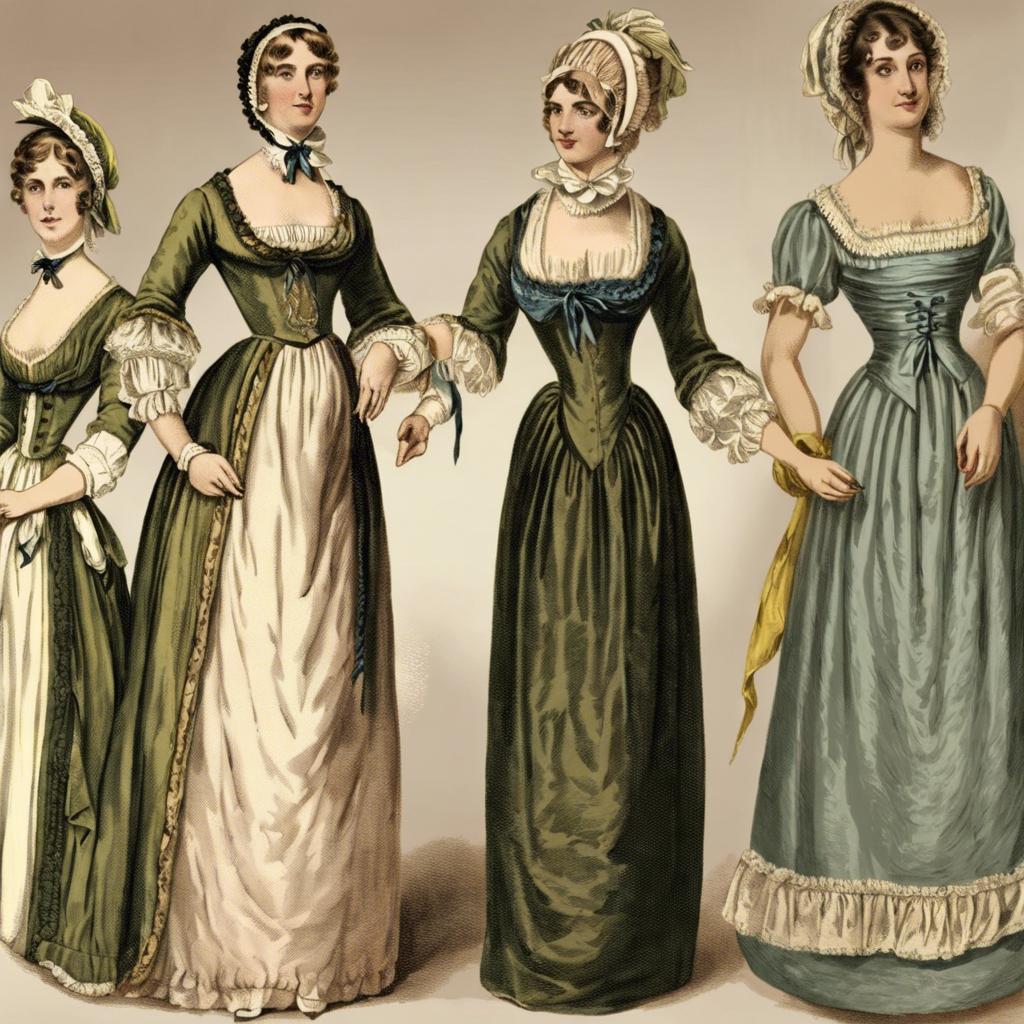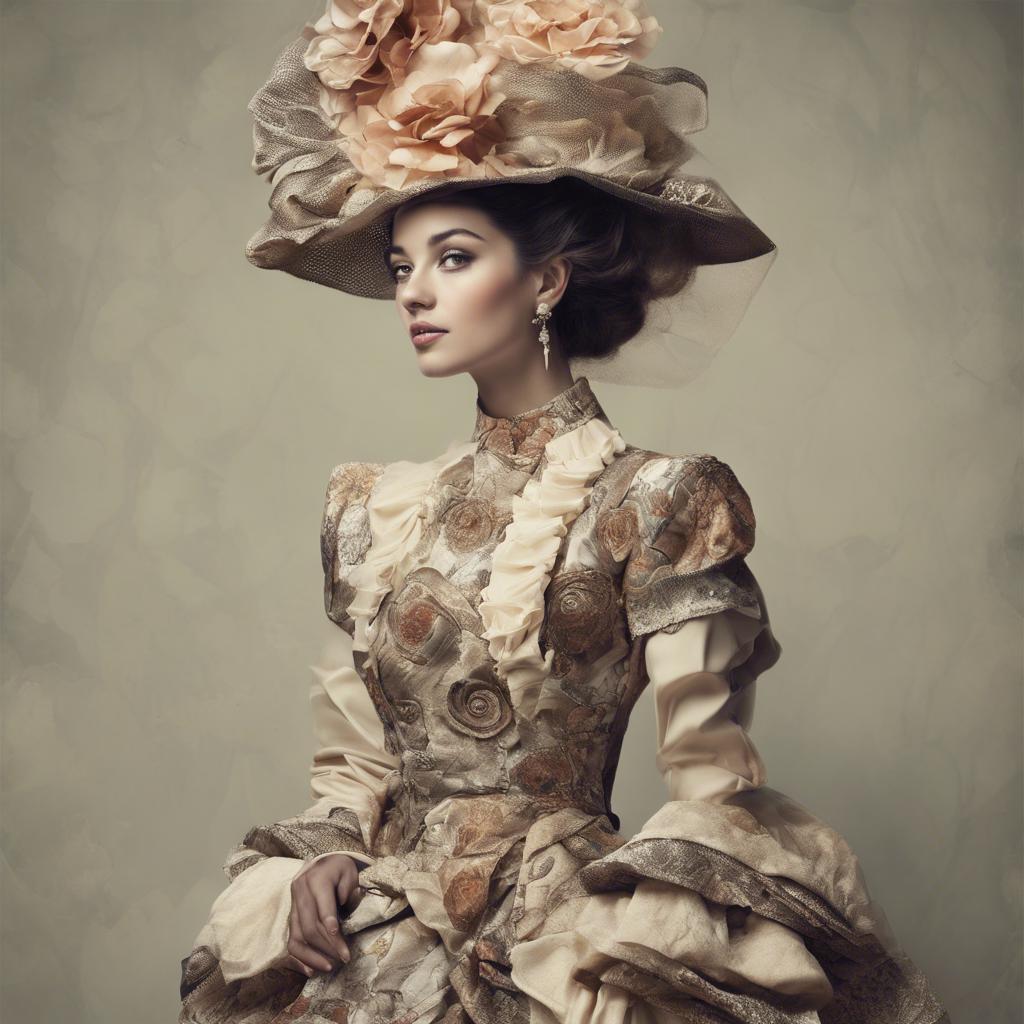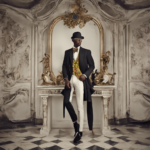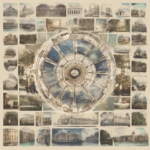During the Regency era, from 1811 to 1820, women’s fashion underwent a significant transformation that was influenced by the elegant and refined tastes of the time. From flowing gowns to intricate accessories, Regency era clothing for women spoke volumes about their status and societal expectations. Join us as we delve into the world of Regency era fashion, exploring the key trends and styles that defined this captivating period in history.
Step Into the World of Cheryl Bolen
Dive into the enchanting stories of love, intrigue, and elegance set in the Regency Era. Cheryl Bolen's novels offer timeless romance and captivating tales that will leave you wanting more.
Explore Cheryl Bolen's Books Now
Popular Fabrics and Styles for Regency Era Womens Clothing
In the Regency era, women’s clothing was characterized by elegant silhouettes and luxurious fabrics. Some of the most popular fabrics used for women’s dresses during this time included:
- 1. Muslin: Lightweight and breathable, muslin was a favorite fabric for Regency women’s dresses. It was often used in delicate pastel shades for a soft and feminine look.
- 2. Silk: Silk was another popular choice for Regency-era dresses, known for its luxurious sheen and drape. Pastel silks were commonly used for evening gowns and ball dresses.
- 3. Cashmere: Cashmere shawls were a staple accessory for Regency women, adding a touch of warmth and sophistication to their outfits.
In terms of styles, Regency-era women’s clothing was influenced by the classical lines of ancient Greece and Rome. Some popular styles for women’s dresses during this period included:
- 1. Empire waist: Dresses with high waistlines that accentuated the natural waist were a signature style of the Regency era, creating a slim and elongated silhouette.
- 2. Sheer overlays: Delicate sheer fabrics, such as organdy or lace, were often used as overlays on dresses to add a sense of romance and femininity.
- 3. Puffed sleeves: Dresses with puffed sleeves were a common feature of Regency women’s fashion, adding a touch of elegance and whimsy to their ensembles.
Regency-era women’s clothing was characterized by a blend of simplicity and elegance, with a focus on soft fabrics and delicate details. Whether attending a ball or simply going for a stroll in the park, Regency women always exuded grace and sophistication in their choice of attire.
Intricate Details and Embellishments in Regency Attire
During the Regency era, women’s clothing was characterized by intricate details and embellishments that showcased the elegance and sophistication of the time. From fine embroidery to delicate lace, every element of regency attire was meticulously crafted to reflect the fashion trends of the period.
One of the most iconic features of Regency fashion was the use of empire waistlines, which accentuated the natural curves of a woman’s body. Dresses were often adorned with delicate ruffles and pleats, creating a sense of movement and grace. Accessories such as gloves, fans, and hair ornaments were carefully chosen to complement the overall look.
Regency attire also featured a wide variety of fabrics, from silk and satin to muslin and lace. Pastel colors such as pale pink, baby blue, and soft lavender were popular choices for dresses, while darker hues like navy and emerald were reserved for more formal occasions. Women of the Regency era took great pride in their appearance, and their clothing reflected both their social status and personal style.
Practicality and Functionality in Regency Fashion
In the elegant and refined world of Regency fashion, practicality and functionality were essential considerations for women’s clothing. While the attire of the era may be remembered for its opulence and intricate details, it also emphasized comfort and ease of movement for the wearer.
One practical aspect of Regency fashion for women was the use of lightweight fabrics such as muslin and silk. These materials were not only comfortable to wear but also allowed for easier mobility, making it possible for women to engage in various activities such as dancing or riding without feeling constrained by their attire.
Additionally, the Empire waistline, a defining feature of Regency dresses, served a functional purpose by providing a flattering and comfortable fit. This regency era social season”>high-waisted silhouette not only created an elegant and elongated look but also allowed for a greater range of motion compared to the restrictive corsets of previous eras. The simplicity and versatility of Regency fashion allowed women to move with grace and ease while maintaining a sense of style and sophistication.
| Key Features: | Lightweight fabrics |
|---|---|
| Empire waistline |
Tips for Creating an Authentic Regency Era Wardrobe
For those looking to create an authentic Regency era wardrobe, there are a few key tips to keep in mind. Firstly, focus on incorporating detailed designs and intricate embellishments such as delicate lace, intricate embroidery, and dainty ruffles. These small details can truly elevate your outfit and add an air of elegance and sophistication.
When choosing fabrics for your Regency era wardrobe, opt for lightweight materials such as muslin, silk, and tulle. These fabrics were commonly used during the Regency era and will help you achieve a historically accurate look. Additionally, pastel colors and floral patterns were popular during this time period, so consider incorporating these elements into your wardrobe for an authentic touch.
Accessorizing plays a crucial role in completing your Regency era wardrobe. Consider adding a bonnet adorned with silk ribbons, a delicate parasol, and a pair of lace gloves to truly capture the essence of the era. Additionally, don’t forget to pay attention to footwear – flat shoes with delicate embellishments were common during the Regency era and will help tie your outfit together.
Final Thoughts
the regency era was a time of elegance and refinement in women’s fashion. From the high-waisted gowns to the delicate fabrics and intricate embellishments, regency era clothing illuminated the grace and sophistication of the women of that era. By embracing the trends and styles of the regency period, we can continue to appreciate and honor the beauty and artistry of this historical sartorial tradition. Let us remember the legacy of regency era clothing and continue to draw inspiration from its timeless elegance.


